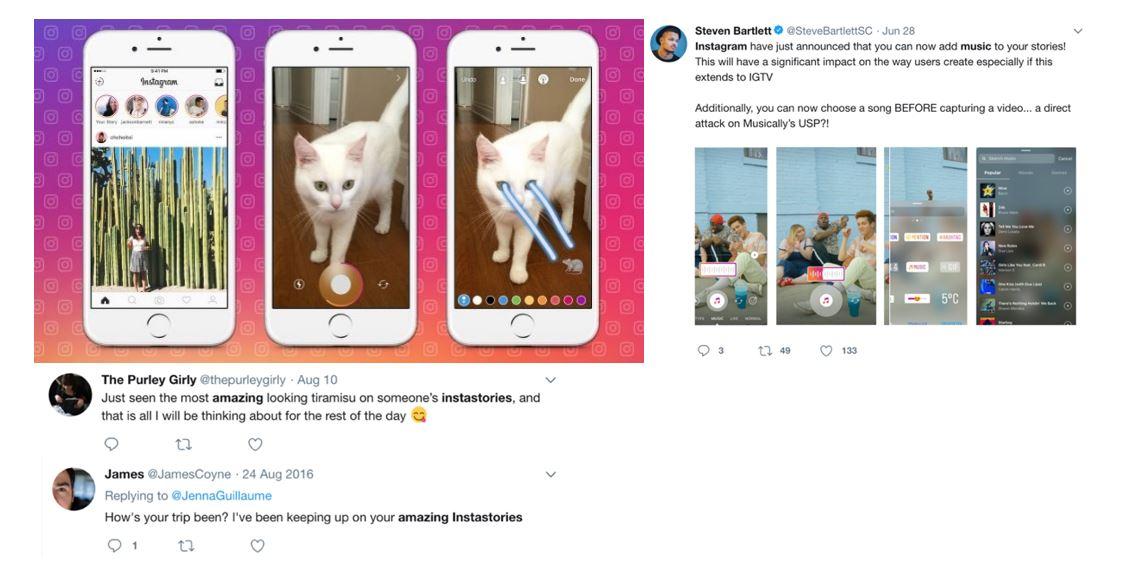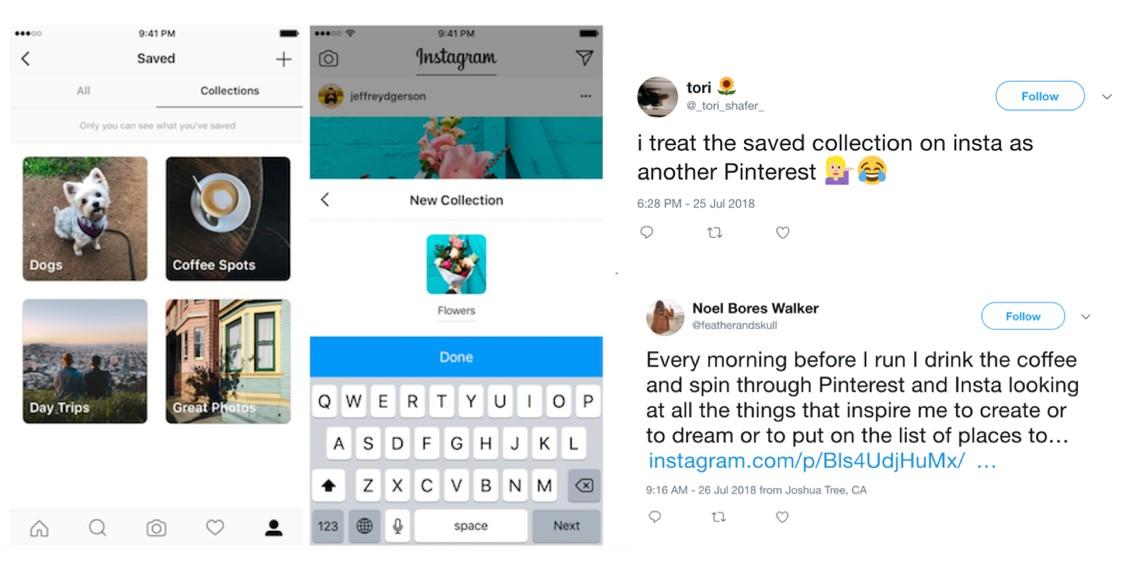


#TheStruggleIsReal
Evolving Brand Positioning: Instagram’s Relevance to Millennials
In today’s saturated market, brands face the challenge of staying relevant, particularly when targeting Millennials, a demographic known for their short attention spans and exposure to multiple media streams. In this analysis, we will explore the evolution of Instagram, a prominent global social media app, and how it has adapted to maintain its relevance among Millennials, a significant and expanding consumer group.

Founded in 2010, Instagram had humble beginnings as an app that provided a simple feature of sharing basic square pictures with captions. Within 7 years, they have revolutionized their brand positioning to an integrated social app, providing more exciting features that enables story-telling of consumers’ everyday life.

IG Stories – Instagram’s version of Snapchat, a video-sharing app – is one of the platform’s most popular features. Through IG stories, users post their daily activities in the form of fuss-free 15 seconds short videos or still pictures just by a click of a button. The short videos and pictures could be edited with text, filters and drawings. To differentiate themselves, Instagram took one step further to include the option of inserting gifs onto stories, as millennials prefer gifs to text.
To many, IG Stories adds a personalized touch to their accounts- its ability to feature the user’s daily activities or things they love pulls followers closer. Modelled after popular millennials apps Musical.ly and Vine, Instagram Music allows users to sync their IG stories with popular music tracks or share what they are listening on Spotify. Instead of adopting the feature independently, this was a strategic move for Instagram to collaborate with Spotify, a popular music streaming service amongst the millennials.
With users lamenting over IG stories being available only for 24 hours, Highlights is an additional feature for users to have their own selection of IG Stories to be shown on their profiles indefinitely. Millennials users are able to refer back to the nostalgic #throwback moments, making them worth more than just a fleeting memory.

Instagram Live garnered a wide amount of attention with over 100 million people using it daily when it was rolled out. It took on the popular features from companies like Periscope and Facebook. The feature not only allows users to go on live broadcast with views, it also has real-time commenting between the user and viewers that attend the live stream.
For Millennials, they are able to share real-time content with people and connect with their followers, getting up close and personal with them through live streams. Many felt that pictures on the feed could be heavily curated, but Instagram Live changed the way users look at friends or influencers and allowed them to feel closer, putting the ‘real’ factor in the perception of the Instagram user streaming.

In April 2017, Instagram introduced the ability to bookmark pictures on any profiles and save them on private collections. With multiple users and brands using Instagram as a platform for storytelling, it has since become an avenue for consumers to share new ideas and trends. Mirrored after Pinterest, Instagram’s approach differs in that the saved collections are only meant for the user private and can’t be shared publicly.
With a variety of content being posted daily worldwide, this feature gave users a way to filter and organize content they are interested in while making it easier to curate their own personalized collections. With millennials sharing travel experiences heavily on social media, this enabled them to bookmark the “insta-worthy” places as travel inspirations and refer back to these locations anywhere and anytime.

As an attempt to cater to its younger users, IGTV was created to serve as a television platform as millennials spend increasingly vast amounts of time on their gadgets. IGTV enabled vertical long-form video content to be featured, encouraging audiences to view content generated by people in their community and to make exploration of related content more convenient.
IGTV allows users to share professional pre-made content that are longer in time length. Moreover, they are able to do so without the restraints of time, giving them more freedom and flexibility to showcase more of their lives and recent happenings.
It’s no surprise that Instagram is growing at an exponential rate. As of June 2018, it has successfully reached 1 billion active users worldwide. To suit the generation that is constantly connected digitally, Instagram has taken the approach of elevating the convenience of integrating many relevant features to do so. This increases the chance that a user may be able to share their day to day life be it through pictures, short stories, live videos or music on Instagram.

However, a bigger question is left unanswered in light of all the feature updates – Has the platform become overly commercialized at the expense of user experience?
The authenticity of Instagram has been debated as to whether it still functions as a social media platform for the general public or as a platform that caters towards advertisers. From the advertisements-to-post ratio and the clutters of promotional videos to the removal of chronological feeds, many feel that Instagram is in favor of monetizing its platform, further fueling the disapproval of many users.
Having grown up in a digitalized world, it is no doubt that the millennials and Gen Zs have higher exposure to social media platforms like Instagram. Today, these young consumers are still embracing the platform despite doubts that Instagram is becoming increasingly profit-driven. Being a generation with low brand loyalty, however, there would be no hesitation for them to move on to alternative apps that could better suit their needs and expectations.
With the constant shifts in consumer behavior, businesses have to recognize the importance of staying sensitive to changing needs and expectations and updating their business models and/or offerings accordingly in order to stay competitive.
Find out more about uncovering changing consumer needs with Labbrand today.
A Labbrand Group Company © 2005-2024 Labbrand All rights reserved
沪ICP备17001253号-3* Will be used in accordance with our Privacy Policy
To improve your experience, we use cookies to provide social media features, offer you content that targets your particular interests, and analyse the performance of our advertising campaigns. By clicking on “Accept” you consent to all cookies. You also have the option to click “Reject” to limit the use of certain types of cookies. Please be aware that rejecting cookies may affect your website browsing experience and limit the use of some personalised features.